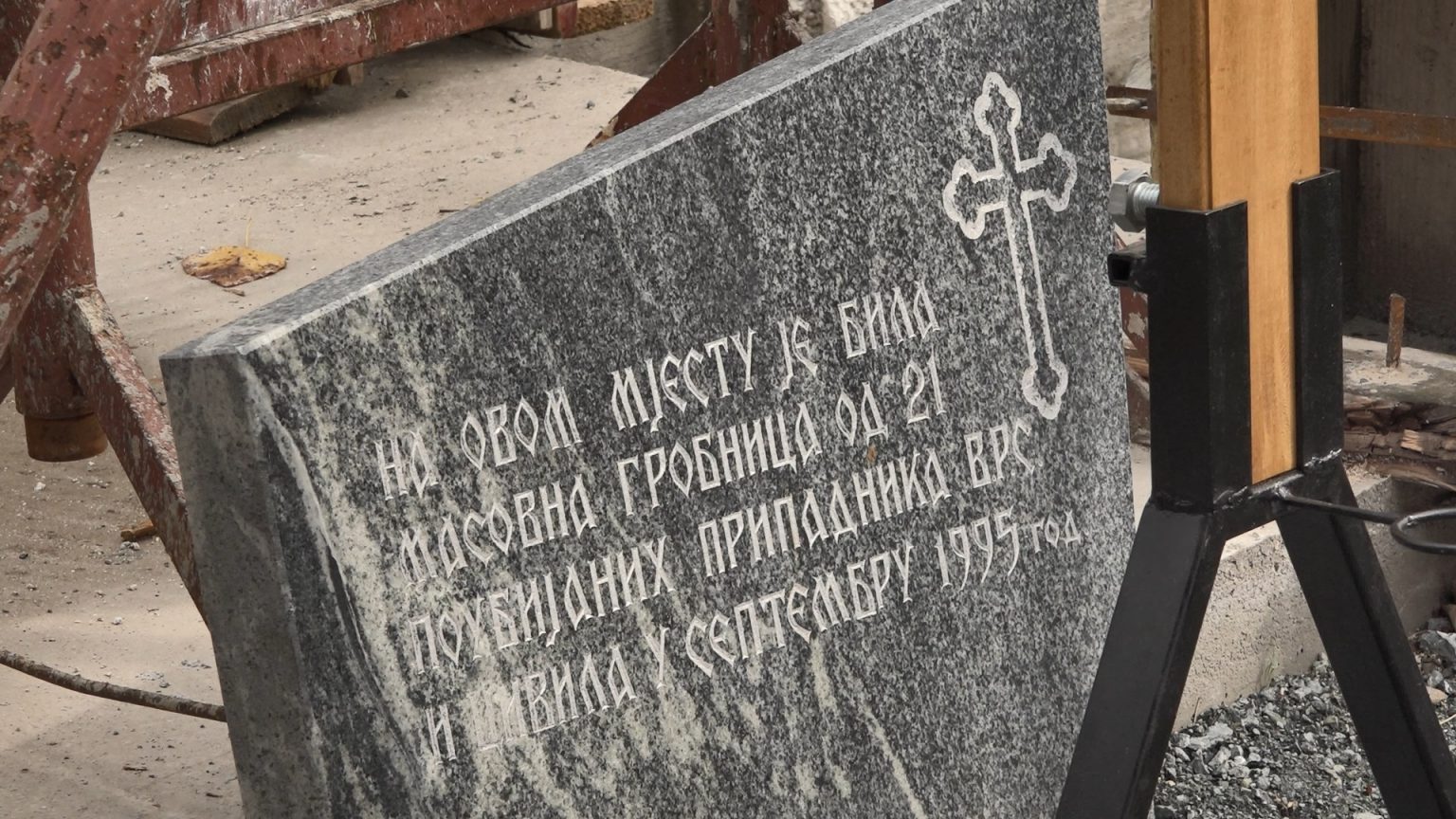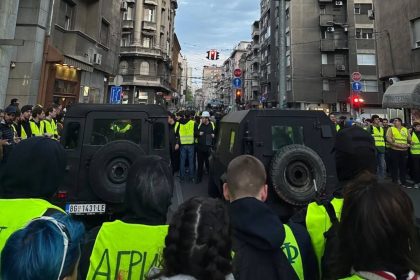Even 29 years after the war has ended in Bosnia and Herzegovina, there are no complete and accurate data on the number of victims. Some research goes from 97 thousand to 105 thousand names of those who lost their lives as a direct result of war conflicts.
Those who survived were left to remember. And they bear witness to the horrors of war.
Bahrija Jakupović from Kozarac was 23 years old in August 1992, when he was among 1,200 inmates who left the Prijedor camps for exchange in Travnik.
From the convoy of buses and trucks, conducted by the Police Intervention Squad, about 230 people were later separated and taken to be shot at the Korićanske stijene site on Vlašić.
“I was there at the shooting. That's where they took us off the bus. They lined us up in two rows. I was in the second row. Then we crouched down. Suddenly, the shooting started. Moans and all. I grabbed the guy in front of me and jumped. If I had seen how deep it was, I might not have jumped down,” testifies Jakupović 32 years later.
He adds that after that jump he hid in a mill and waited for some time, after which he came out to check if there were any survivors.
“In the meantime, they returned. They were also returning to Prijedor, stopped again and they were shooting down and throwing bombs. Then someone shot from that field over there and shouted: There is someone else alive. He shot at us,” says Jakupović, who was caught again after a few days, but was soon exchanged through Merhamet and the Red Cross.
Later, it turned out that only 12 people survived the triple execution, as stated by the Association of Prisoners of Bosnia and Herzegovina, and 11 members of the Prijedor Police Intervention Squad were convicted for this crime.
The crime against civilian victims and prisoners is also remembered by the Serbs who were expelled from the area of southern Ozren and the Krivaja river valley.
In July and September 1995, members of the BiH Army captured a large number of members of the Republic of Srpska Army and civilians in the area of Vozuća near Zavidovići.
In just one attack, almost 70 people were captured and taken to the camp of the “El Mudžahedin” detachment in the village of Gostovići. From that group, only 10 bodies were found and identified, while the rest are listed as missing.
Several mass graves were found on Vozuća, with decapitated bodies. Civilians were also killed on their doorstep.
“My dad went to look after the cows. The cows came home by themselves, and he was not there. Later we found him, lying dead on the road. My mother was found dead in the house in 1995. They buried her here in a mass grave in Stog. They killed her in the house when Vozuća fell,” testified Smiljka Marković from Vozuća.
She says that they found her mother's body only after two years, and according to her, she noticed wounds in both lower legs.
The search is still on for 129 persons of Serbian nationality who are listed as missing on Vozuća.
“In the 21st century, it is unfathomable to me, in this country as it is, that one man cannot be found, who was alive, lived, worked, created and then after those crimes, all his traces are lost. Even after 29 years, I haven't been able to find my father, Miloš Pejić,” says Veselko Pejić for the Scars series.
He says he received various information about his father's fate, but they all turned out to be false.
“The real truth is that he was captured by the El Mudžahedin squad. You've heard of that infamous detachment that committed terrible crimes in this area, where the whole world could see the footage of those crimes and the ritual beheadings and everything else. And he ended up in that unfortunate camp Gostović, like many other fighters and civilians, and from there every trace of him is lost. I know reliably from witnesses who survived that he was liquidated in that camp,” said Pejić.
Only two people were convicted for the crime in Vozuća. Commander of the Main Headquarters of the BiH Army, Rasim Delić, was sentenced to three years in prison in The Hague, and General Sakib Mahmuljin was sentenced to eight years before the Court of BiH, after which he left BiH and went to Turkey.
The commanders of the crime in the village of Grabovica near Jablanica also escaped from justice.
During the “Neretva 93” operation, members of the Army of Bosnia and Herzegovina entered the village and killed 33 civilians, including a four-year-old girl, Mladenka Zadro. There is not a house in Grabovica that did not lose someone in that terrible crime.
“I lost my mother and sister from my home. Also, my uncle and aunt were killed, as well as their daughter and son-in-law”, says Ante Marić from Grabovica for our series Scars.
The manner in which they were killed testifies to cruelty, and after this crime, all entrances and exits from the village were blocked, so that the event would not be known immediately.
“From what I hear, a bullet is nothing compared to what they did, because we see that from the bodies that were exchanged. Those were body parts. We only received a couple of whole bodies. In the first delivery, we received 11 bodies. That was in 1994, and they could not decompose like that in just one year. It's hard for me to even think about how they were killed,” adds Marić.
Since 1994, no new body of those killed in Grabovica has been found. Marić notes that it is impossible not to know where they are buried, as well as who ordered this crime against civilians.
“My aunt was found, but my uncle was not, nor were their daughter and son-in-law. My mother and sister have also not been found. Maybe we walk over them, over their bodies, and we don't know they are there. That bothers us the most,” says Marić.
Five members of the Army of Bosnia and Herzegovina were convicted for the crime in Grabovica, however, General of the Army of Bosnia and Herzegovina Sefer Halilović was acquitted of the charge of command responsibility.
According to the data available so far, more than 36 thousand civilians were killed in the war in BiH, often in mass crimes. Investigations and trials disappointed their family members. They say justice is still elusive for the victims.


